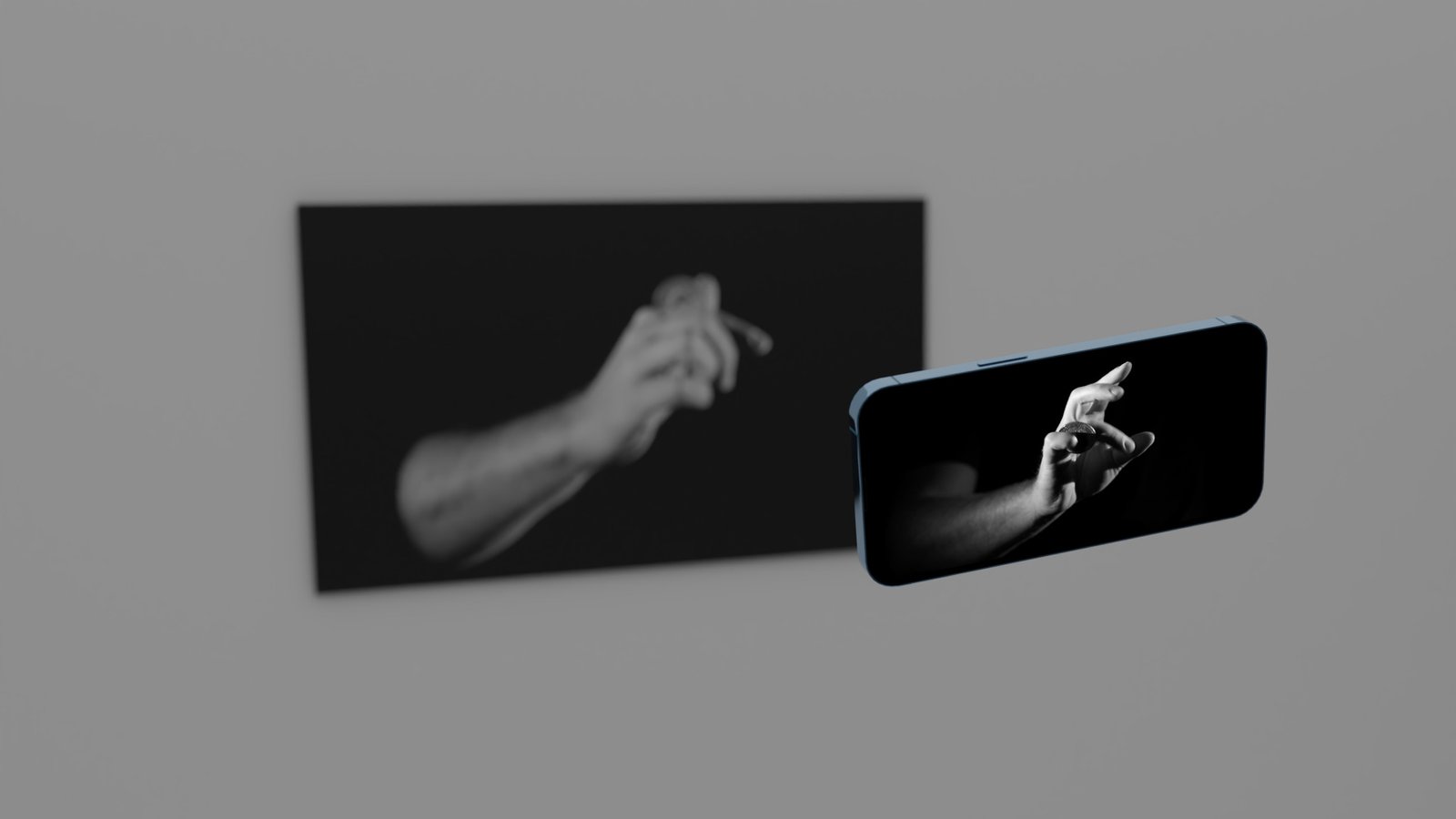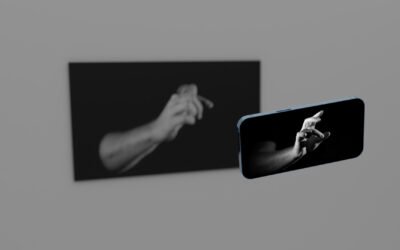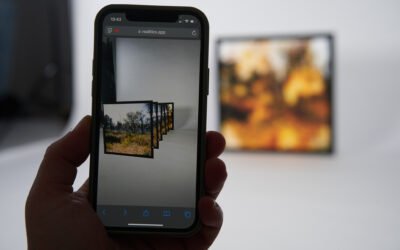The Impact of Augmented Reality on Customer Experience
In today’s fiercely competitive world, companies are constantly seeking new ways to stand out and deliver memorable customer experiences. Augmented reality (AR) has emerged as a promising technology, capable of transforming how customers interact with products.
What is Augmented Reality?
AR overlays virtual elements (images, videos, information) onto the real world through a smartphone, tablet, or connected glasses. This technology offers an immersive and interactive experience, allowing customers to visualize products in their environment.
The Benefits of AR for Customer Experience
-
Try Before You Buy: AR allows customers to virtually test products, such as visualizing furniture in their living room or trying on clothing. This reduces uncertainty and increases confidence in the purchase decision.
-
Personalized Experience: AR offers endless possibilities for customization. Customers can configure products according to their preferences, choosing colors, materials, and more.
-
Enriched Information: AR can provide additional information about products, such as technical specifications, customer reviews, or usage tutorials.
-
Fun and Engaging Experience: AR transforms the act of buying into a fun and interactive experience. This strengthens customer engagement with the brand.
-
Decision Support: 3D visualization and immersive interaction enable customers to better understand products, significantly reducing returns.
Examples of AR Applications
Many brands are already using AR to enhance customer experience. Here are some concrete examples:
-
Furniture and Home Decor:
-
IKEA Place: IKEA’s app allows customers to virtually visualize furniture from their catalog in their own homes. Users can scan their room with their smartphone and place 3D models of sofas, tables, etc., to see how they fit into their space.
-
Fashion and Beauty:
-
Sephora Virtual Artist: Sephora offers an AR app that allows customers to virtually try on different makeup products, such as lipsticks, eyeshadows, and false eyelashes. This helps customers choose the products that suit them best without having to physically test them in-store.
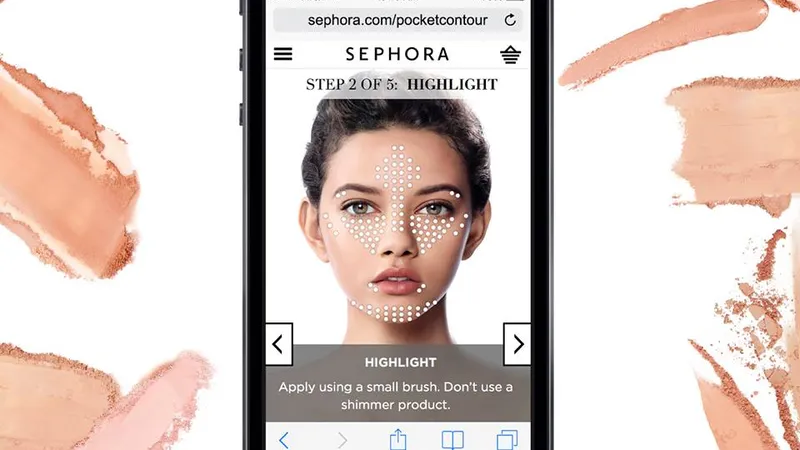
Warby Parker: This eyewear brand allows customers to virtually try on different frames using AR. Users can see how the glasses fit their face and choose the ones they like most.
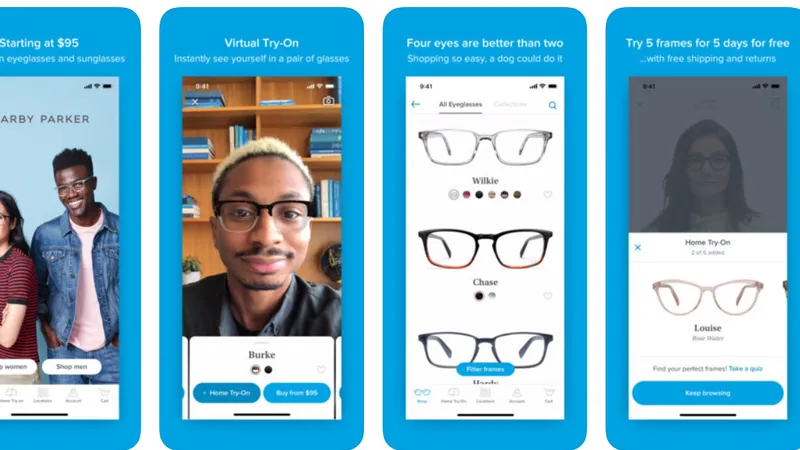
-
Automotive:
-
BMW: BMW uses AR in its showrooms and through mobile apps to allow customers to visualize car models in 3D, customize them, and discover their features in detail.
-
-
Video Games and Entertainment:
-
Pokémon GO: Although an older example, it remains iconic. Pokémon GO popularized AR by allowing players to see and catch virtual Pokémon in the real world, superimposed on their environment through their phone screen.
-
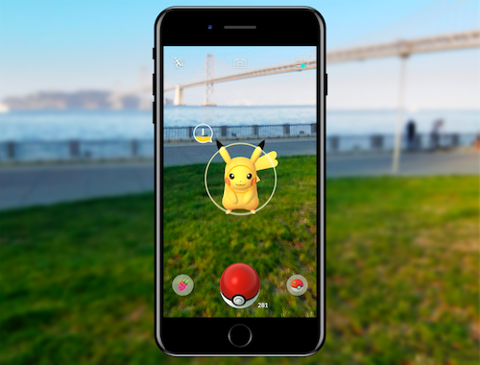
The Challenges of Implementing AR
-
Development Costs: Creating AR applications can be expensive.
-
Compatibility: It is essential to ensure that the application is compatible with the various devices used by customers.
-
Adoption: It is necessary to educate customers about the use of AR and encourage them to adopt it.
Conclusion
Augmented reality offers considerable potential to improve customer experience. By enabling customers to interact with products in an immersive way, AR strengthens engagement, confidence, and satisfaction. Companies that leverage this innovative technology will have a clear competitive advantage.

